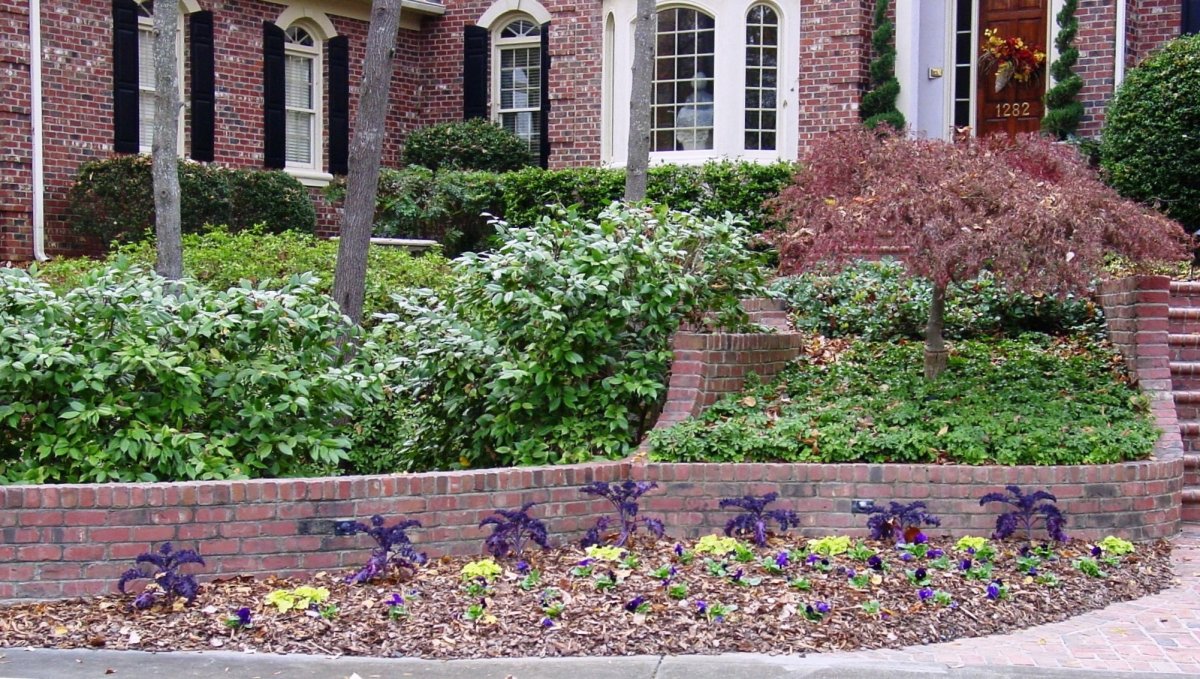The heat and humidity of summer is gone. Autumn is in full swing with cooler temperatures and we’re thinking about fall favorites – fresh picked apples, hay rides, corn mazes, and pumpkin patches. Soon the leaves in Gastonia, NC will change from green to vibrant hues of red, orange, and yellow.
October is the perfect time to install fall seasonal color in the landscape. As the bright colors of summer are fading, a new color palette of warm, rich tones of fall can bring beauty and interest to beds and containers. A small investment now will provide a pop of color for your gardens and patio through May. Annuals add the finishing touch to a yard and allow you to personalize favorite colors and textures.
CHOOSING PLANT SELECTIONS FOR AN ORNAMENTAL BED
Driving down the road, it looks kind of boring this fall. The entrances to neighborhoods all look the same. Many of the estate homes all look the same: one big mound of begonias in the spring gets replaced with one big mound of pansies in the fall. We like to break the mold on boring cookie cutter designs. Obviously, we want blooms, but we also need different height considerations, textures, and color accents.
For height, we like to use redbor kale at the rear of the bed. For blooms, we usually install colossal pansies in the color palette of our customer’s preference. For low growing accent plants we enjoy mixing in the textures of one of the following: Icicles (Helichrysum), Coral bells (Heuchera), or Rumex.

SEASONAL COLOR BED INSTALLATIONS
After the summer annuals have been removed from the bed, soil preparation is the most important factor in maintaining seasonal color areas. We till the area and add in soil amendments. Most soils need help in order to improve drainage, increase moisture retention, provide aeration and supply organic matter. Some of the more popular types of soil amendments to add to native soil include a combination of black kow (composted cow manure), mushroom compost, and topsoil.
When handling transplants, gently squeeze the container and turn the plant upside down. Score the roots on all sides and place into a hole that was dug slightly larger than the plant. After the plants have been installed, we add a slow release fertilizer and a pre-emergent herbicide for weed control.
Next a layer of mulch is added. In addition to adding a finished decorative touch, mulch provides benefits for soil moisture and reduces weeds. We prefer to use pine bark mini-nuggets as a finishing touch.
The last thing to do is irrigate the bed thoroughly and in late February the bed will need another round of slow release fertilizer.
